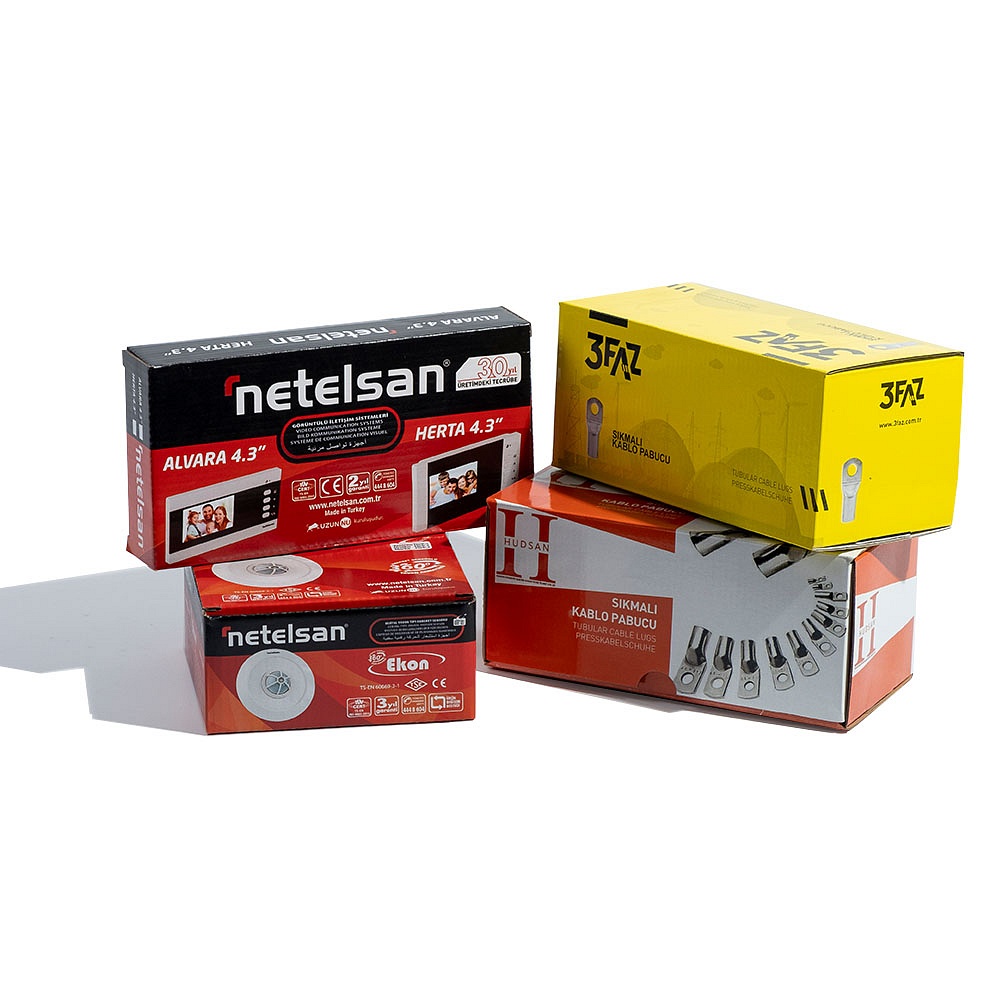The packaging industry has seen a significant transformation in recent years, with many businesses exploring the use of electronic packaging (e-packaging) as a way to enhance product security, improve consumer engagement, and streamline operations. Electronic packaging leverages technologies such as RFID (Radio Frequency Identification), QR codes, near-field communication (NFC), and smart sensors to make packaging more interactive, intelligent, and traceable. However, despite its numerous benefits, implementing electronic packaging presents several challenges that businesses must overcome. This article delves into the primary challenges of implementing electronic packaging and explores strategies for addressing them.
1. High Initial Costs
One of the most significant challenges of implementing electronic packaging is the initial cost. Traditional packaging materials, such as paperboard, plastic, and glass, are typically much cheaper than the electronic alternatives that require integrated technologies. For businesses, especially small to medium-sized enterprises (SMEs), the high costs associated with integrating electronic features like RFID tags, NFC chips, or sensors into packaging can be a considerable barrier.
Investment in Technology and Equipment
In addition to the cost of the electronic packaging itself, there is the cost of purchasing specialized equipment for manufacturing and integrating the electronics into the packaging. This may include RFID printers, NFC devices, or smart sensor technologies. Additionally, businesses must invest in software solutions to manage and analyze the data gathered from these technologies.
While these upfront costs can be substantial, it’s important to note that many businesses view them as a long-term investment. The potential benefits—such as improved supply chain transparency, enhanced customer engagement, and reduced fraud—can offset these costs over time.
2. Technical Complexity and Integration Issues
Integrating electronic features into packaging requires a high level of technical expertise. Electronic packaging often involves combining various components, such as printed electronics, microchips, and antenna systems, which can be challenging to manufacture and assemble. This technical complexity can lead to integration issues, especially when companies are trying to combine traditional packaging methods with advanced electronic technologies.
Compatibility with Existing Systems
Another challenge is ensuring that the new electronic packaging is compatible with existing packaging systems and supply chains. For example, RFID systems need to be integrated with warehouses, logistics systems, and inventory management software to be effective. The transition to electronic packaging can also require changes in the manufacturing process, employee training, and alignment across multiple departments, all of which add complexity.
Businesses may also face difficulties when trying to incorporate multiple technologies—such as QR codes, NFC tags, and RFID—into a single package. Ensuring that these systems work harmoniously together can require significant development and testing.
3. Consumer Adoption and Understanding
While electronic packaging offers numerous benefits, consumer adoption can be a significant hurdle. Many consumers are still unfamiliar with the features and benefits of electronic packaging, particularly technologies like NFC or RFID. For example, scanning a QR code on a product label may be second nature for younger, tech-savvy consumers, but older generations may not be as familiar with such technologies.
User-Friendly Experience
To encourage adoption, companies must ensure that their electronic packaging is user-friendly and easily accessible. If the technology embedded in the packaging is difficult to use or requires additional apps or devices, consumers may be deterred from engaging with it. This is especially true for features like NFC tags, which may require consumers to have specific smartphones or apps to access the information.
Additionally, educational efforts may be necessary to explain how electronic packaging works and how consumers can benefit from it. If consumers don’t understand the value of the technology, they may not see the point in interacting with it, which could limit its potential impact.
4. Privacy and Security Concerns
With the increased use of smart packaging technologies comes the potential for data breaches and security vulnerabilities. Technologies like RFID and NFC collect and transmit data, often related to the product’s journey through the supply chain, inventory levels, or even consumer behavior. This creates concerns around data privacy and cybersecurity, particularly if sensitive consumer or business information is collected and stored.
Data Protection Regulations
Implementing electronic packaging may also bring businesses into the realm of data protection regulations, such as the General Data Protection Regulation (GDPR) in Europe or the California Consumer Privacy Act (CCPA) in the U.S. These laws govern how companies collect, store, and use personal data. For businesses that rely on electronic packaging to gather consumer insights, ensuring compliance with data protection laws is a critical consideration. Failure to comply with these regulations can lead to hefty fines and reputational damage.
Risk of Hacking and Counterfeiting
There is also the risk that electronic packaging can be hacked or counterfeited. For instance, RFID tags or QR codes can be replicated or altered by malicious actors to deceive consumers or steal sensitive information. As more valuable data is stored in these electronic systems, it becomes an attractive target for cybercriminals.
Businesses must invest in robust security measures to protect the data associated with electronic packaging, including encryption, secure servers, and anti-tampering technologies.
5. Environmental Impact and Sustainability Concerns
Sustainability has become a critical issue in modern packaging, and many consumers are increasingly demanding eco-friendly packaging solutions. Electronic packaging introduces a new layer of complexity in this regard, as the electronic components—such as batteries, microchips, and circuit boards—can be harmful to the environment if not disposed of properly.
End-of-Life Disposal
Many of the materials used in electronic packaging are not biodegradable and may require special disposal methods to ensure they don’t harm the environment. For businesses aiming to meet sustainability goals, managing the end-of-life disposal of electronic packaging is a significant challenge. Some companies may choose to focus on using recyclable or biodegradable electronics in their packaging, but this can increase costs and complexity.
Eco-Friendly Alternatives
In response to these concerns, some companies are exploring eco-friendly alternatives to traditional electronic packaging. This includes developing smart packaging that uses biodegradable components or incorporating solar-powered technologies into the packaging to reduce the need for batteries. While these alternatives are still in the early stages of development, they hold promise for reducing the environmental impact of electronic packaging in the future.
6. Supply Chain and Logistic Challenges
The integration of electronic packaging into a company’s supply chain can lead to additional logistical challenges. Electronic components, such as microchips or sensors, are often more fragile and sensitive than traditional packaging materials. This makes transportation and handling more complicated, requiring specialized packaging solutions and handling procedures.
Cost of Storage and Maintenance
The storage of products with electronic packaging also presents challenges. Some technologies, like RFID tags and smart sensors, require specific storage conditions to prevent damage or malfunctions. Additionally, businesses may need to invest in specialized equipment to read, process, and manage the data generated by electronic packaging, which can increase operational costs.
Conclusion
While the potential benefits of electronic packaging—such as enhanced security, better consumer engagement, and improved supply chain transparency—are undeniable, the challenges associated with its implementation are equally significant. From high initial costs to data security concerns and consumer adoption issues, businesses must carefully consider these obstacles when planning to incorporate electronic packaging into their operations.
However, with the Your Box Packaging, investment in technology, and a clear understanding of consumer needs, these challenges can be overcome, allowing companies to harness the power of electronic packaging to drive growth and innovation in the marketplace.



